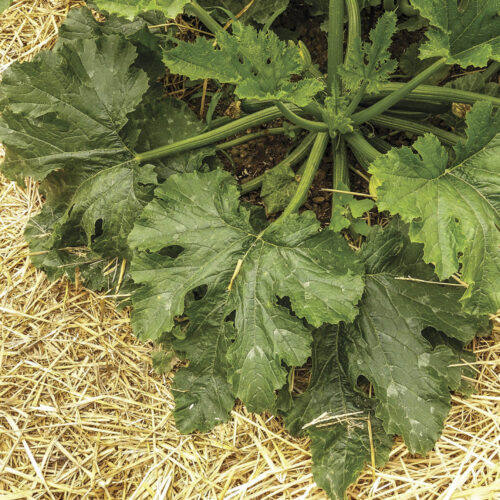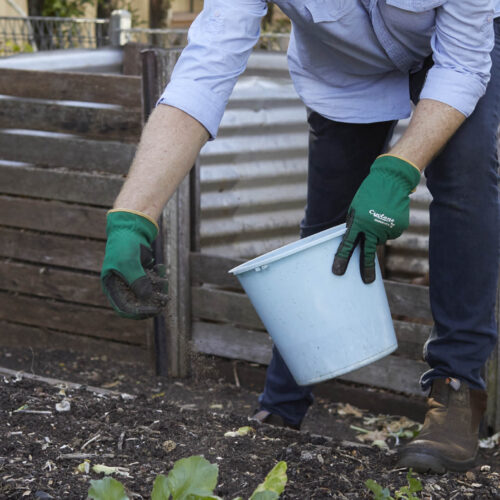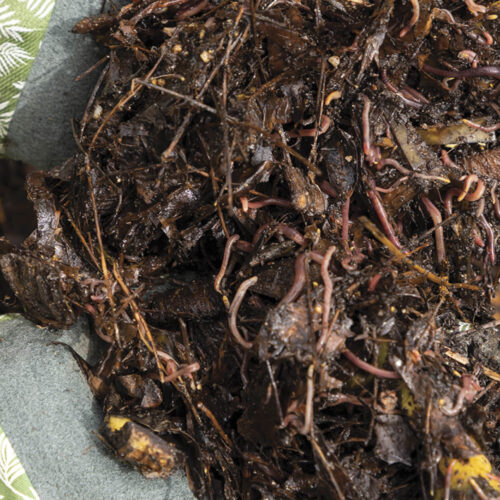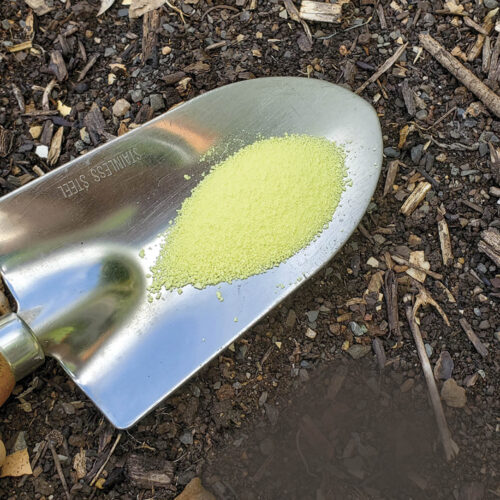Time to build healthy soil
2012-07-26T23:21:32+10:00
Late winter is the perfect time to build healthy soil. JUSTIN RUSSELL writes about composting and using green manure.
In temperate Australia, late winter is one of the busiest times of the year for the gardener. There’s a long list of jobs to do in anticipation of spring, and if your garden is anything like mine, the list seems to be getting longer by the day.
Top billing should be reserved for soil preparation. Organic gardening is literally rooted in the earth, and our most urgent task is to repair degraded soil, and enhance the health of good soil. Thankfully, you don’t need to have a science degree to build biologically active soil. You just need to know the basics, which is essentially that the best soils are full of organic matter, and have a pH close to neutral.
Test soil pH
Testing your soil’s pH is always a good idea, even after you’ve been gardening on the same patch of earth for years. I’ve got a pretty good idea of what my pH will be in various parts f the garden, but nonetheless, I like to test it each year in late winter, just to be sure. Then I know exactly what amendments are required to generally bring the pH into balance. Testing also helps me get conditions right for those plants that like either an acid, or an alkaline soil.
With pH corrected where necessary, it’s time to add organic matter. Anything that was once living and has decomposed can into the soil, but from a practical point of view, the simplest approach is to compost, compost, compost. I can never get enough of the stuff I call “black gold” and I’ve never heard of anyone overdoing it. In fact, the more compost you can add to the soil the healthier it will be. In my view an active compost heap is the cornerstone of good gardening.
Green manure
If space is limited or you don’t have access to composting ingredients, the next best thing is green manure. I sowed my green manure crop of mustard and oats back in late May, and it’s now ready to be dug in so that decomposition can occur in situ. The barley adds bulk organic matter, and when mustard leaves break down in moist soil, they release a natural biofumigant that helps to control soil borne diseases. There’s nothing quite like planting into soil conditioned with a green manure crop. In my experience, the soil teams with worms and becomes as light as one of my Mum’s sponge cakes. And like a sponge, soil full of organic matter will soak up moisture without getting waterlogged, making it available to plants during dry periods.
Enough reading then! It’s time to put the computer to sleep, and crack on with the most important job of the year – soil building.





